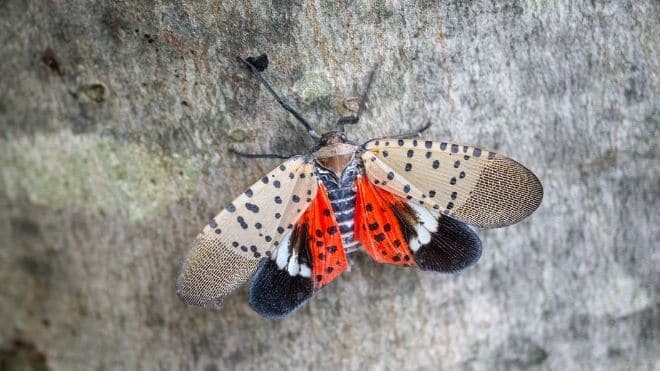Invasive species are causing significant harm to New York’s environment and agriculture, according to state officials. With National Invasive Species Awareness Week underway, the spotlight is on pests like the spotted lanternfly, European starlings, purple loosestrife, and zebra mussels. These non-native species disrupt local ecosystems and economies by damaging crops, spreading disease, and outcompeting native species.
The spotted lanternfly, first identified in New York in 2020, poses a serious threat to the state’s valuable apple and grape industries by feeding on the sap of over 70 plant species. European starlings, introduced in the 19th century, now number in the millions, affecting agriculture by consuming and spoiling livestock feed and crops. Purple loosestrife and zebra mussels invade wetlands and waterways, outcompeting native species and clogging water intake systems.
Efforts to combat these invaders are critical as they not only affect biodiversity but also New York’s economy and efforts to combat climate change. The state’s forests, key to carbon sequestration, are under threat from pests like the hemlock woolly adelgids, beech leaf disease, and the emerald ash borer. As climate change creates more hospitable conditions for these pests, the challenge of preserving New York’s natural heritage and meeting its climate goals becomes increasingly difficult.

FingerLakes1.com is the region’s leading all-digital news publication. The company was founded in 1998 and has been keeping residents informed for more than two decades. Have a lead? Send it to [email protected].
Read the full article here

Leave a Reply